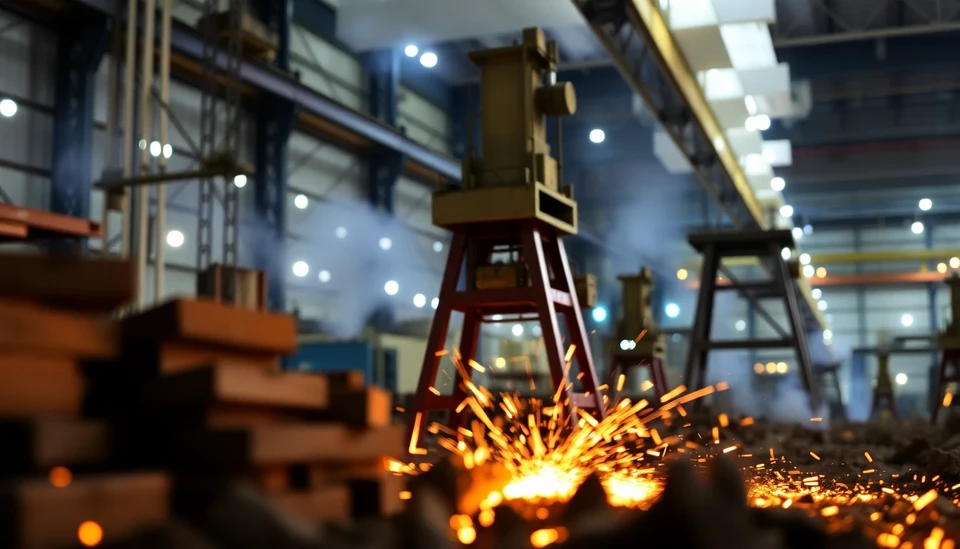
The industrial metals market is currently facing a downturn, driven largely by burgeoning fears surrounding global economic growth and the looming threat of new tariffs imposed by the United States. As stakeholders across various sectors weigh the implications of these tariffs, the prices of critical metals such as copper and aluminum have seen significant declines. This situation has raised alarms about the potential ripple effects on manufacturing and construction industries that heavily rely on these materials.
Recent market analyses indicate that copper prices have seen a notable plummet, nearing a three-month low. This decline can be attributed to various factors, including apprehensions about a slowdown in China’s economic growth, which is historically one of the largest consumers of copper globally. Additionally, reports of a potential increase in U.S. tariffs on imported metals have injected further uncertainty, spurring traders to adjust their positions in anticipation of reduced demand.
Market observers are keenly watching commodity prices as manufacturing data from the U.S. and other major economies begin to showcase vulnerabilities. The industrial sector’s performance data has increasingly pointed towards a contraction, leading to greater hesitance among investors. In this context, the recent comments from U.S. trade officials regarding new tariffs have served to amplify anxiety within the market, causing reactions from retail and institutional investors alike.
Aluminum, another crucial metal, is also grappling with similar challenges. Market participants have responded to the perceived impact of tariffs on U.S. manufacturing and processing capacities, leading to a drop in aluminum futures. The potential for reduced production levels in light of costlier imports has cast a long shadow over the sector, prompting a reassessment of supply chains and pricing strategies. As companies prepare for possible changes in profitability, stockpiling and adjustment measures are a topic of ongoing discussion among industry leaders.
Economists have begun to voice concerns that prolonged tariff scenarios might deepen the economic slowdown. With inflationary pressures already being felt globally, the imposition of tariffs could exacerbate these issues, leading to stricter financial conditions. As a result, several analysts are reevaluating their growth forecasts for the short term, anticipating a possible contraction in metal demand that could linger if economic uncertainties continue.
As the situation evolves, stakeholders are grappling with not only the immediate effects of these tariffs but also the longer-term ramifications on the supply chain and pricing structures across various industries. With an interconnected global marketplace, the repercussions of U.S. trade policies extend far beyond its borders, affecting economies worldwide.
In conclusion, the industrial metals market is undergoing a significant shift as growth fears sharpen ahead of the anticipated U.S. tariffs. Both copper and aluminum are facing price adjustments in response to potential disruptions in manufacturing and other key sectors. As investors and industries brace for what lies ahead, the broader implications for the economy remain uncertain.
#IndustrialMetals #CopperPrices #AluminumFutures #USTariffs #GlobalGrowth #MarketTrends #CommodityPrices
Author: Samuel Brooks
